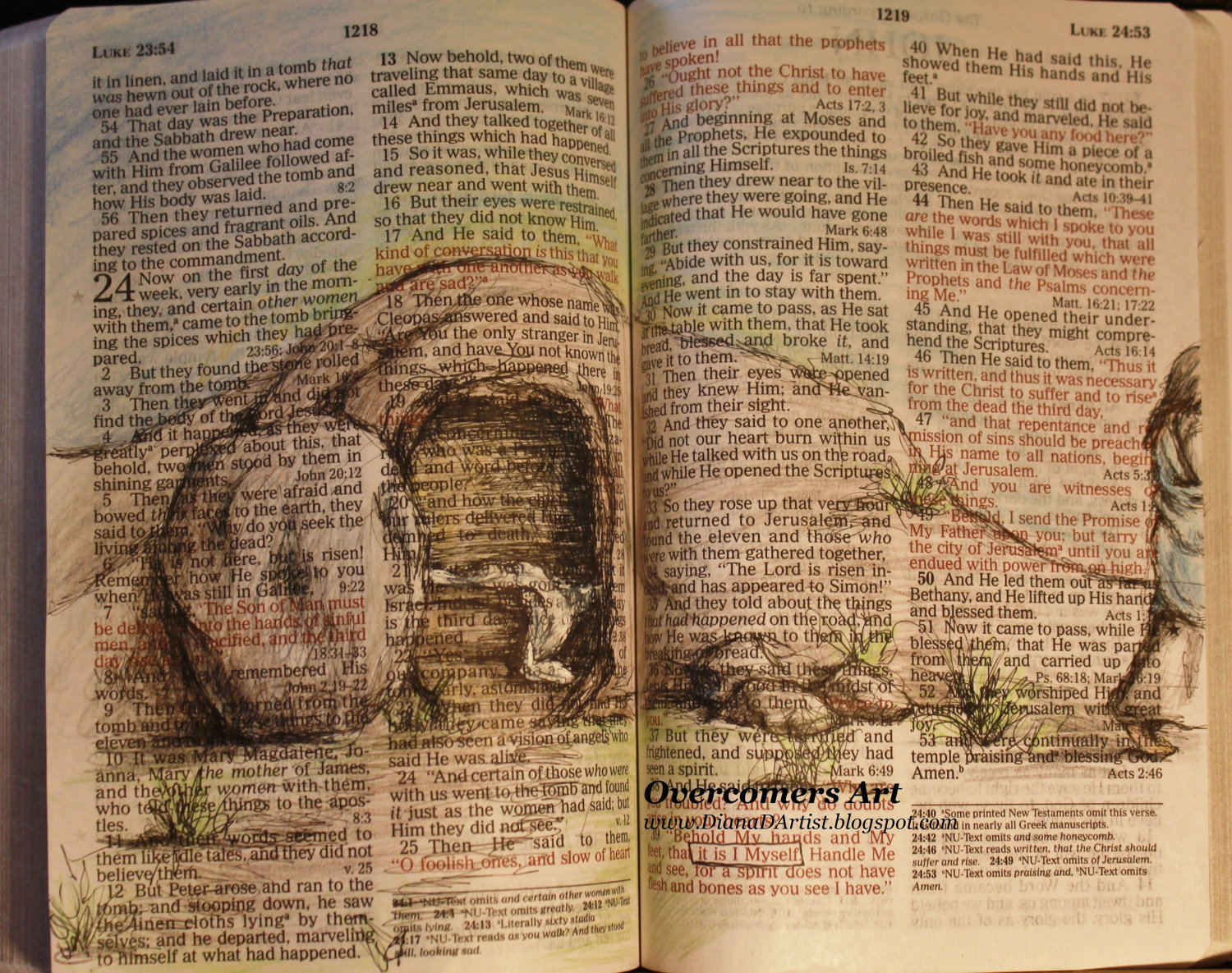Isaiah 25:1-10 and John 20:1-18
Although John begins his gospel differently (he doesn’t talk about a manger or birth, but a philosophical cosmic poem about the LOGOS – the word of God; John concludes it like the other three gospel writers. He ends with the history of resurrection of Christ. He doesn’t tell the history of the thing, the resurrection event, itself. None of the gospels describe how Christ rose. Rather they give proofs and evidences of it, testimonies and people who demonstrate the he rose from the dead. Curiously, they’re only given to believers, who respond initially with hesitation. The apostles weren’t concerned with producing substantial proof of the resurrection with dates, data or physical evidence. Rather they underline the existential truth of it, which puts all people in motion and movement when they experience it. The women run to Peter and John. The later run to the other disciples, to tell the story.
It is a passage from sight to faith, hearing to speaking, observation to action. We, modern, technological and scientific people want evidence we can touch, smell and categorize. We want a definitive “thing” that will answer our questions, incredulity and silence. What we have is a movement towards faith; the Jesus Movement which swept completely across the ancient world in a few hundred years, going from miniscule to ridiculed and persecuted, to dominant and the law of the Empire. Historically speaking, to assume that such a religious-political movement could have easily continued with a duping of the masses by a lie or far-fetched fairy tale about a dead man still being alive is highly unlikely without some sort of proof.
So what happened? Before morning has broken, the women arrive in and despite the darkness at the grave, most likely a cave. Their faithful carrying out of traditions regarding embalming and respect for the dead brings them to the center of this story. They come despite their fear, brokenness, pain and loss. Dead or alive, imperfectly believing or not, Mary wants to be as near to Jesus as she possibly can. She comes in hope that being near to the One who changed the Universe for her, might change the darkness of mourning as well. What she experiences is depicted in the heavenly poem of Isaiah 25 which depicts being in God’s presence as being at table with all people – including God – and sharing in the best, most abundant and egalitarian meal ever imagined: true bliss.
So why do the disciples set out to make their way to the tomb? What are they looking for?; needing? Wanting? The first to arrive is bewildered by the evidence and does not enter the tomb. It’s the runner up who goes ahead and inside. He looks. He believes. That’s all were told before the narrator offers an explanation, not of the resurrection, but of their confusion.
Questions for going deeper:
1. What word grabs your attention in today’s selections?
2. How do you struggle with the movement of faith?
3. How are you looking for some-thing, some-one to turn life right-side-up?
